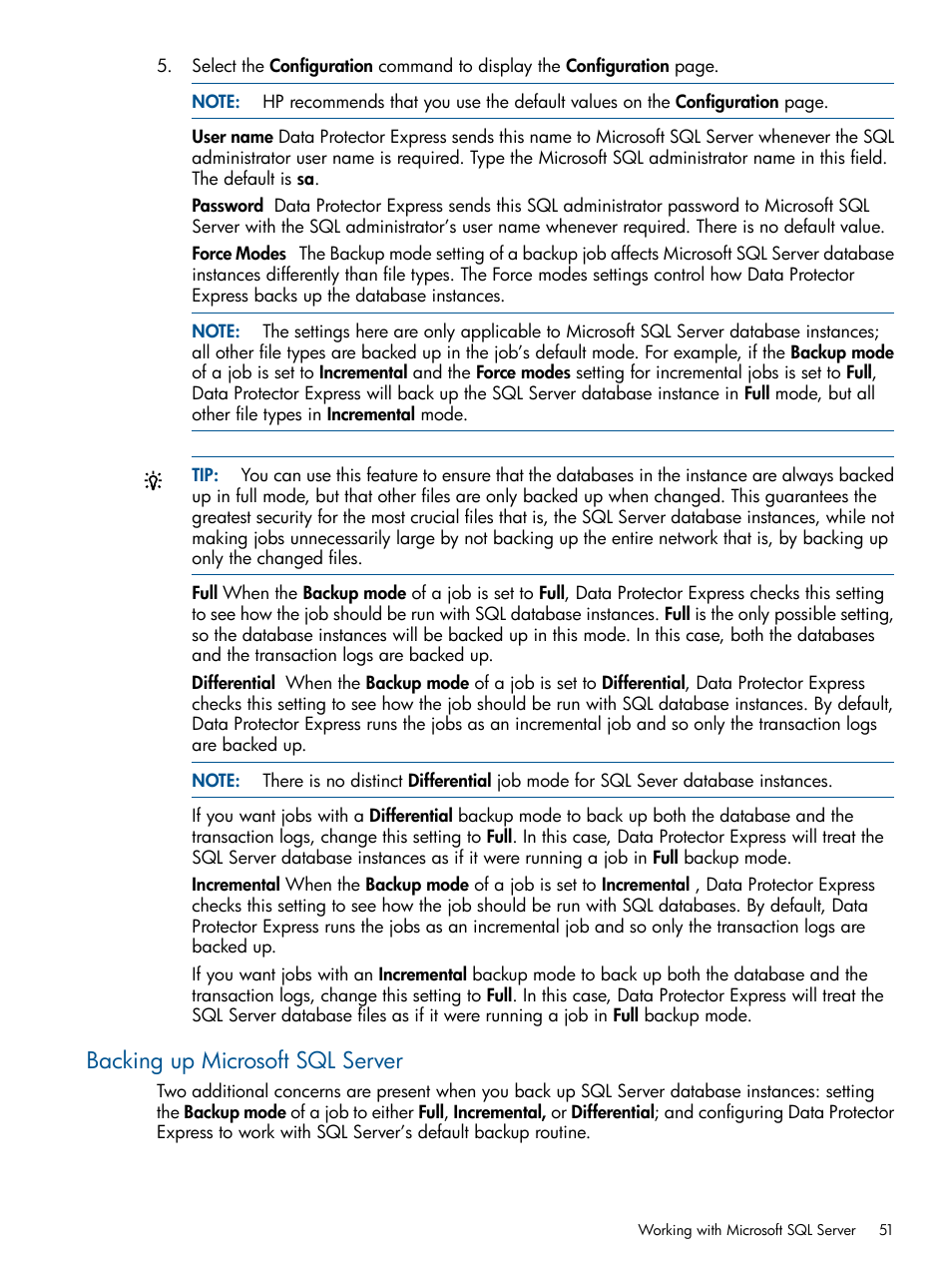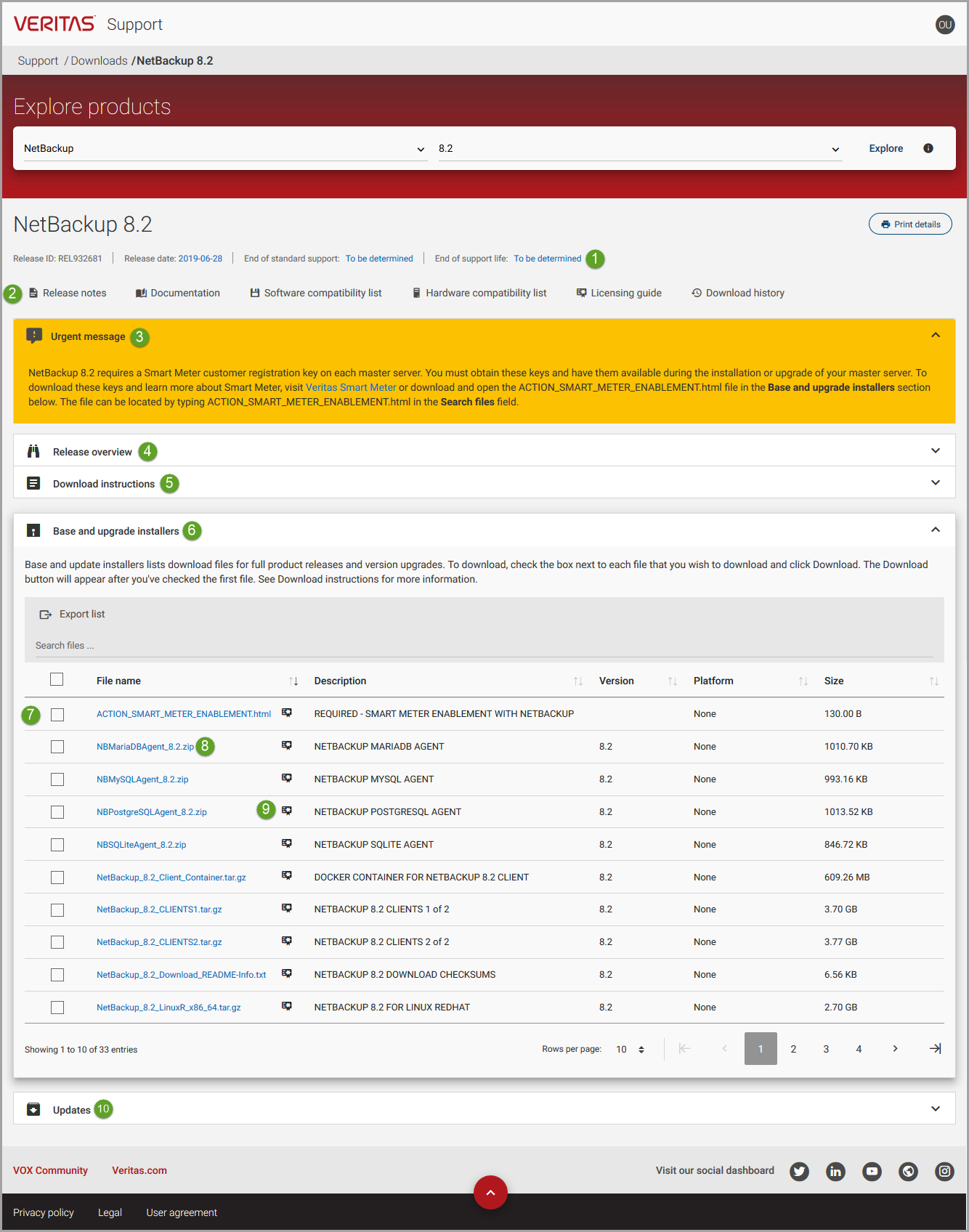

If a protection group protects the computer's system state, run a consistency check. Open the PSDataSourceConfig.XML file for editing. To do this on the protected server, go to drive:\Program Files\Microsoft Data Protection Manager\DPM\Datasources. You can customize the drive that DPM uses for the system state backup.

This is the drive WSB will use to do backups to. By default DPM and WSB will use the drive with the most available free space, and information about this drive is saved in the PSDataSourceConfig.XML file. When a system state backup runs, DPM communicates with WSB request a backup of the server's system state. Lost server (database/transaction logs lost) Lost server (database/transaction logs intact) Yes (BMR followed by regular recovery of backed up file data)īMR recovery followed by regular DPM recovery You can see detailed information about app versions that can be protected with system state and BMR in What can DPM back up? Backup This table summarizes what you can back up and recover. Provides protection when a machine won't start and you have to recover everything. By definition a BMR backup includes a system state backup.

Machine running certificate services: Additionally backs up certificate dataīare metal backup: Backs up operating system files and all data except user data on critical volumes. Machine running cluster services: Additionally backs up cluster server metadata A system state backup includes:ĭomain member: Boot files, COM+ class registration database, registryĭomain controller: Active Directory (NTDS), boot files, COM+ class registration database, registry, system volume (SYSVOL) System state backup: Backs up operating system files, enabling you to recover when a machine starts but you've lost system files and registry. System Center Data Protection Manager (DPM) can back up system state and provide bare metal recovery (BMR) protection. This version of Data Protection Manager (DPM) has reached the end of support, we recommend you to upgrade to DPM 2019.


 0 kommentar(er)
0 kommentar(er)
